
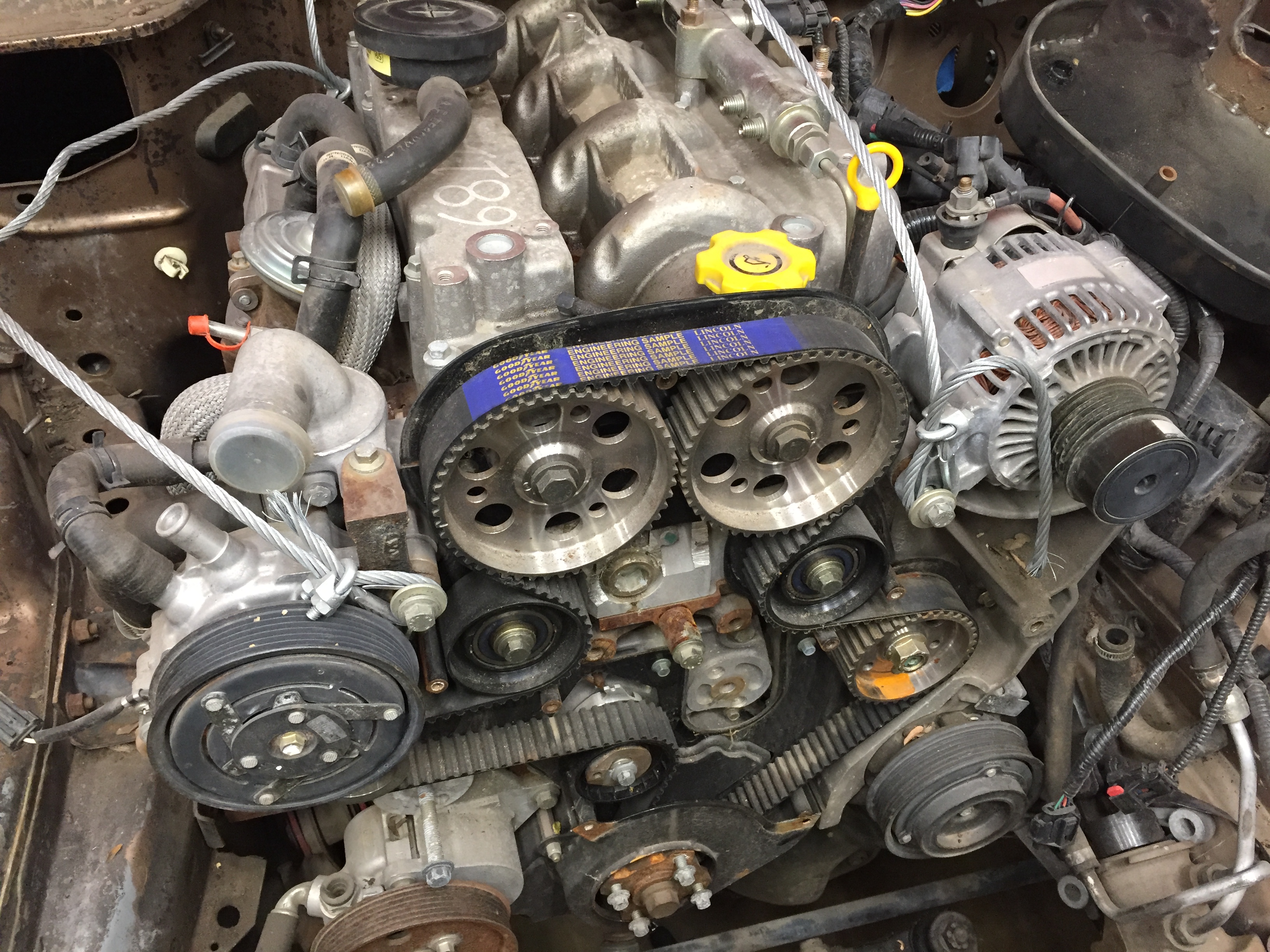
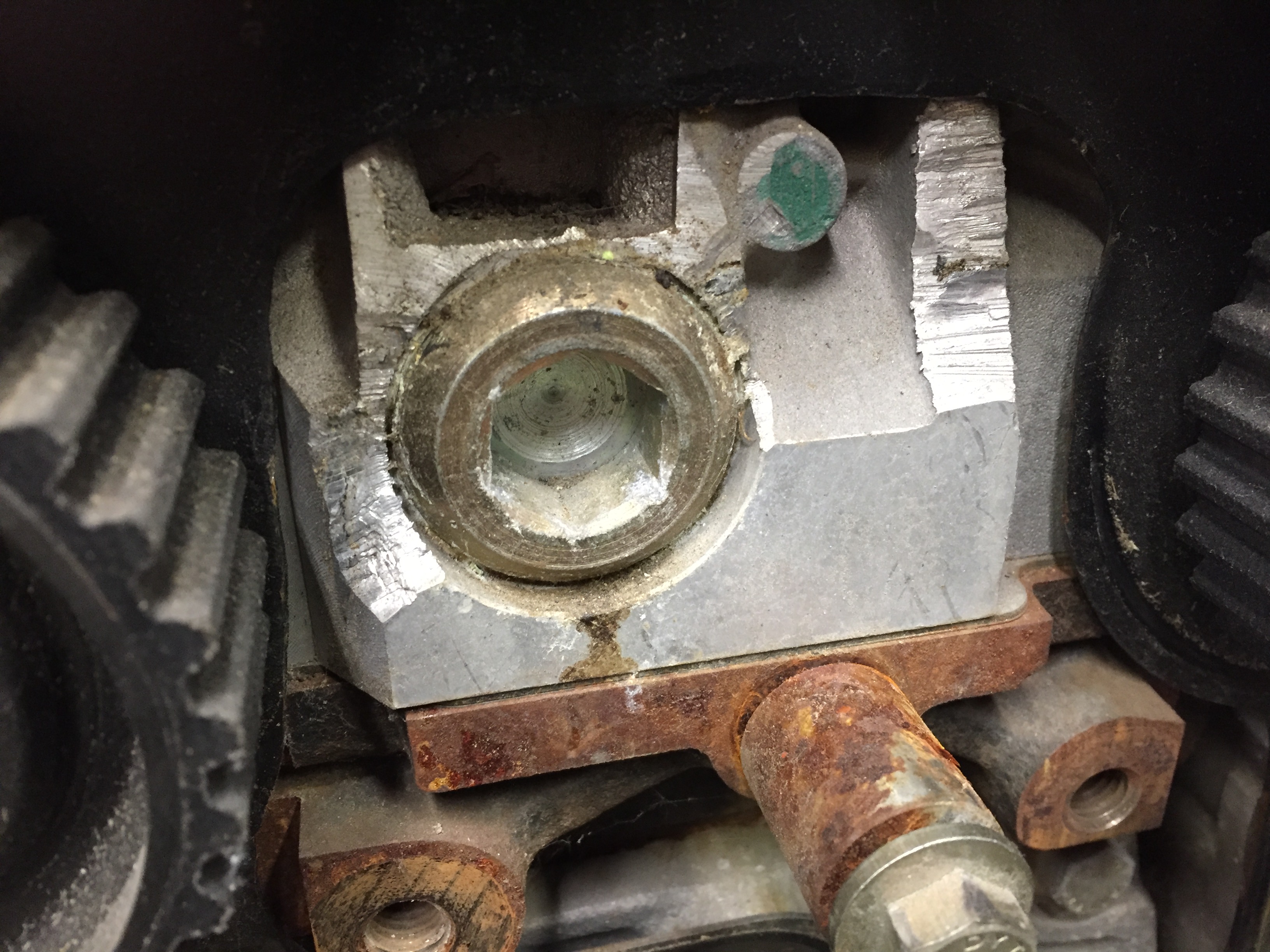


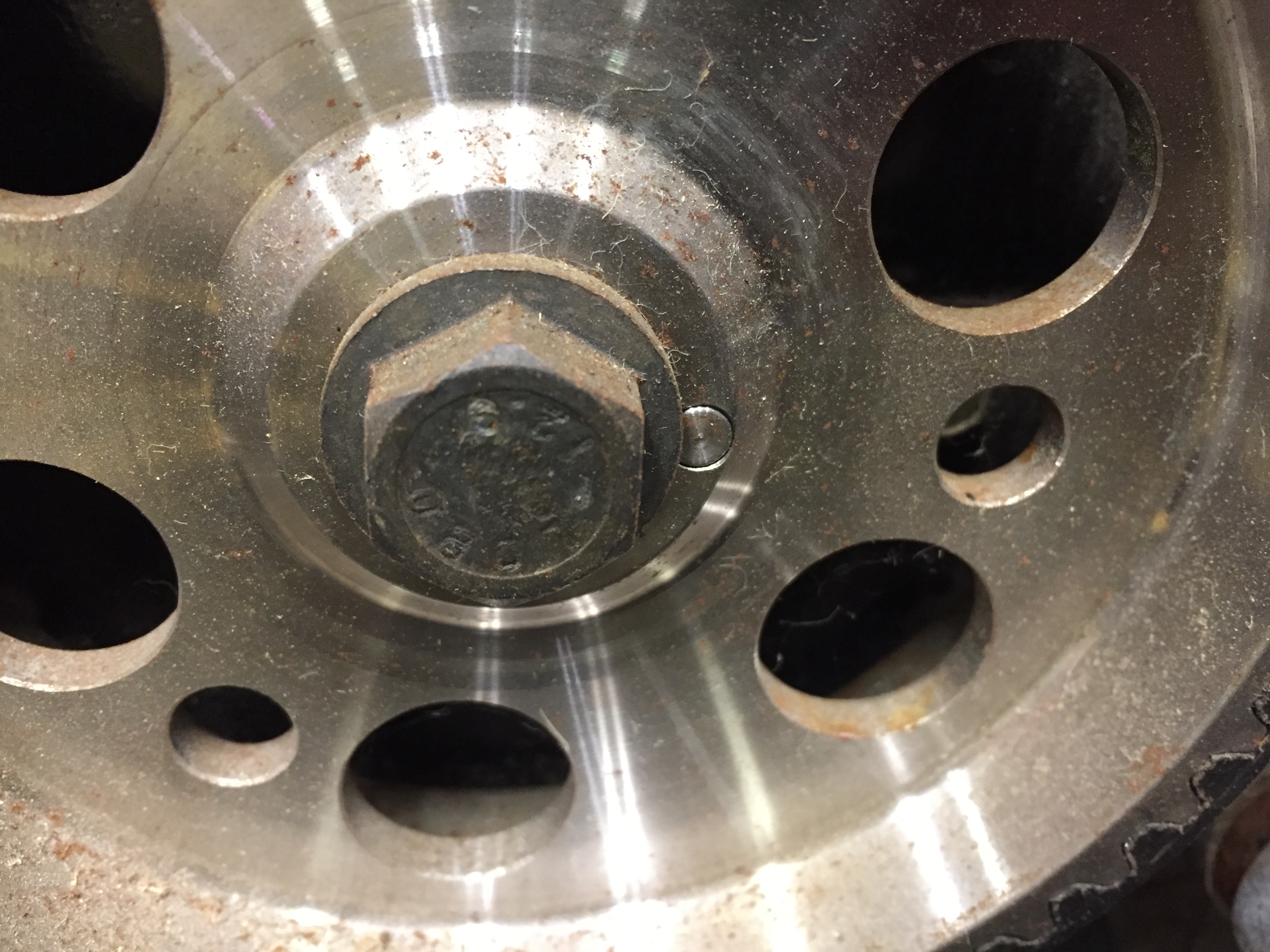




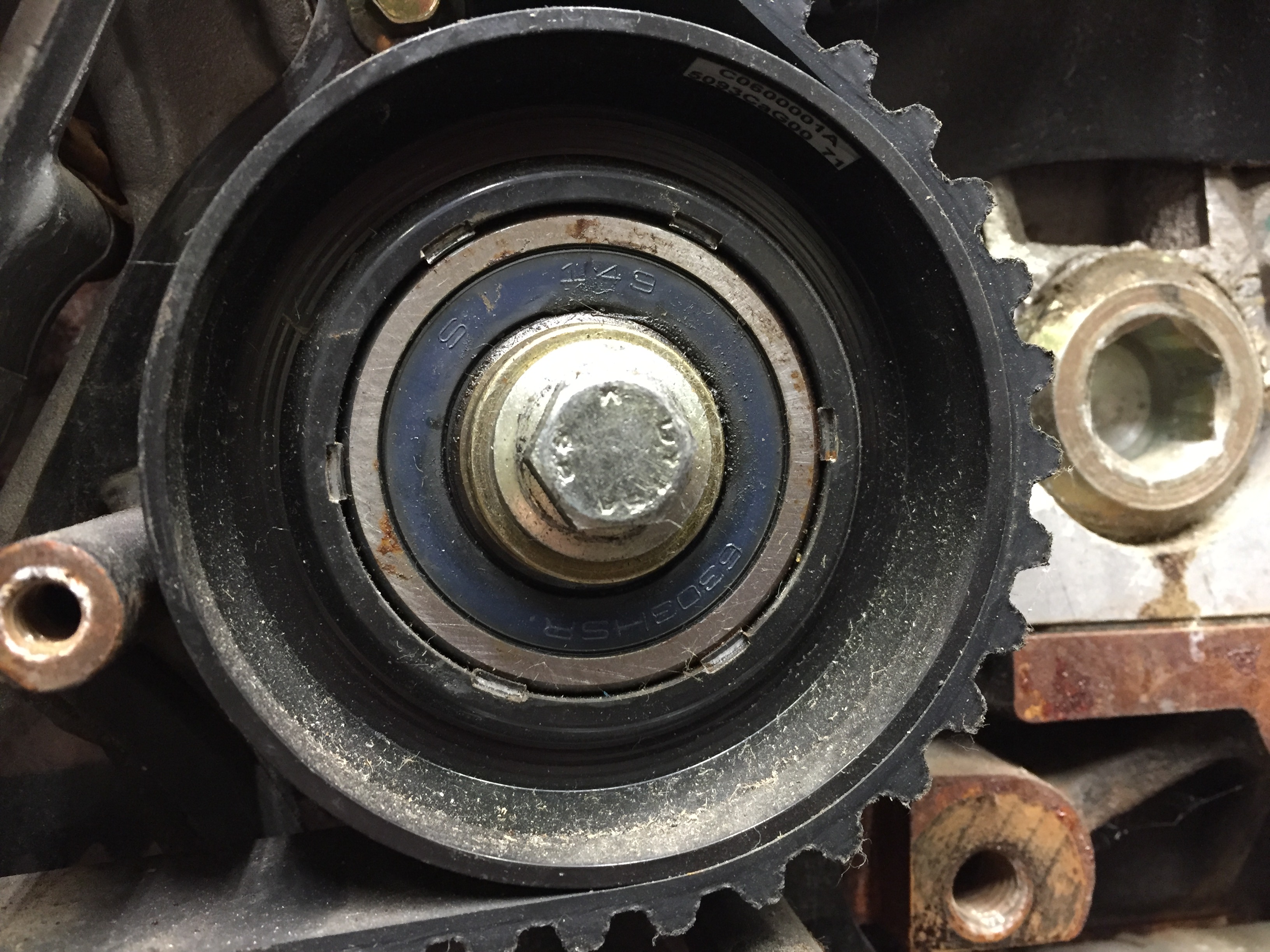
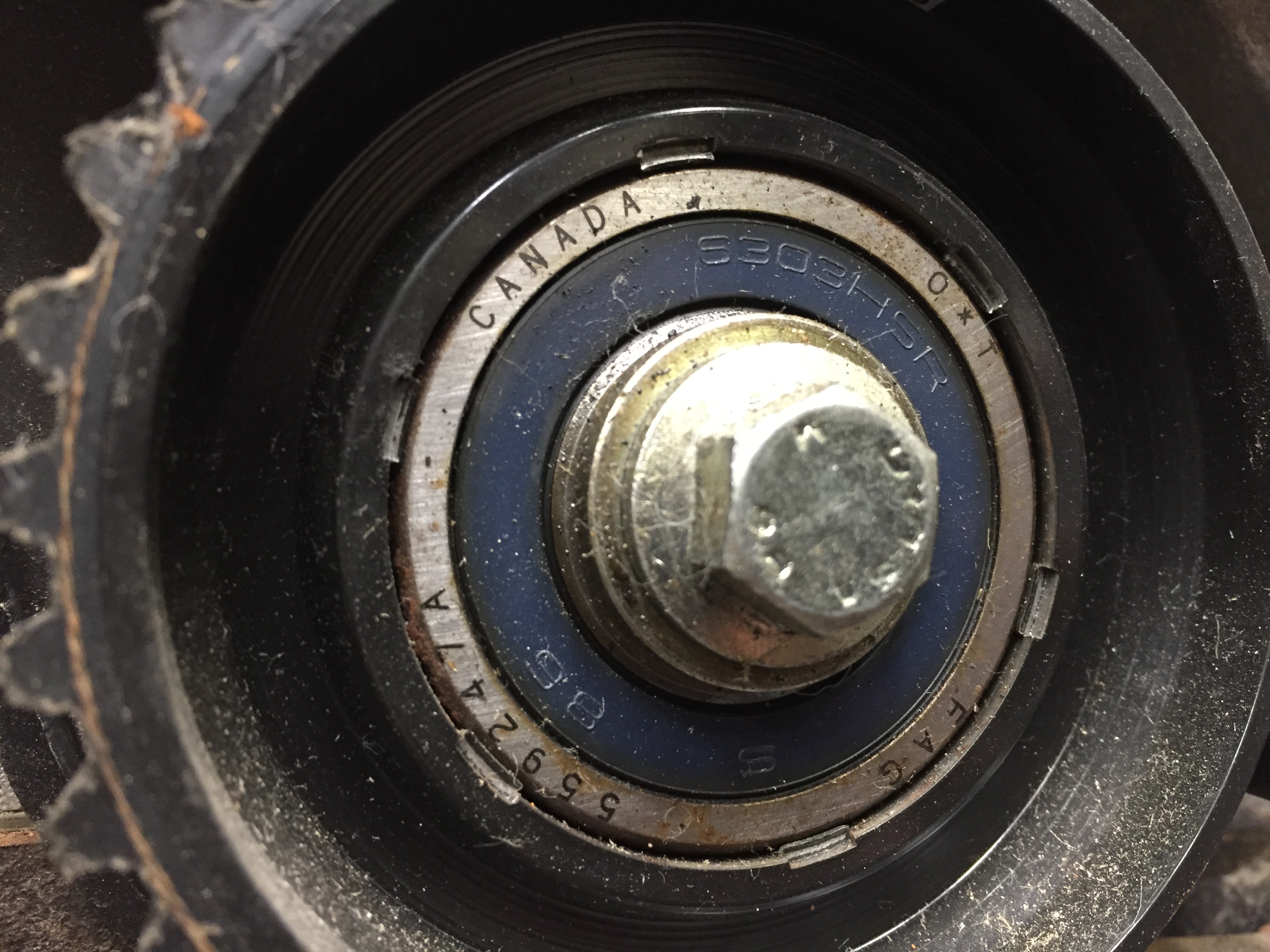
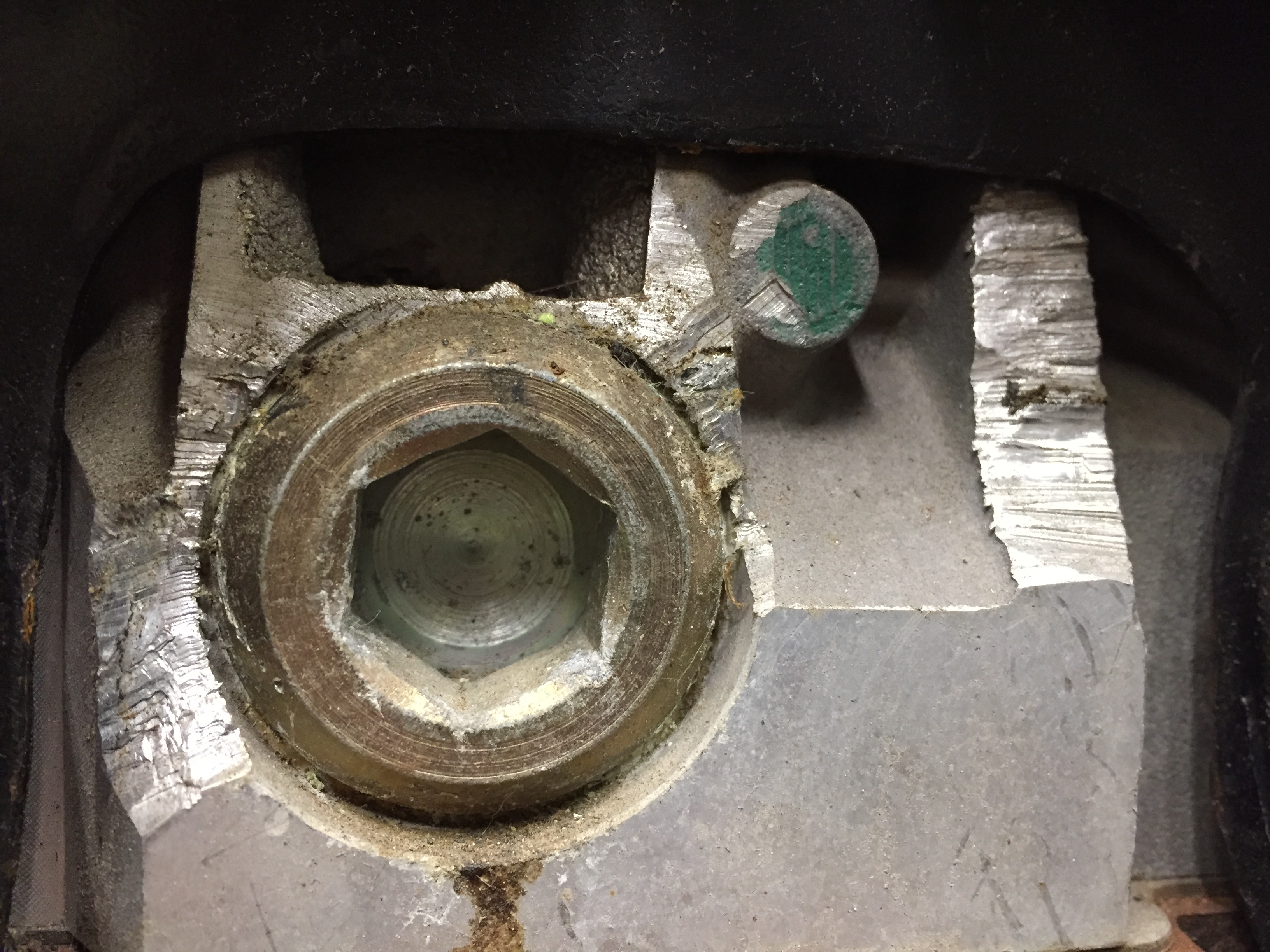
| LOST JEEPS http://www.lostjeeps.com/forum/phpBB3/ |
|
| Engineering sample timing belt, pre production engine, 2000 http://www.lostjeeps.com/forum/phpBB3/viewtopic.php?f=5&t=88740 |
Page 1 of 1 |
| Author: | Sir Sam [ Tue May 22, 2018 12:05 am ] |
| Post subject: | Engineering sample timing belt, pre production engine, 2000 |
            
|
|
| Author: | geordi [ Tue May 22, 2018 1:44 am ] |
| Post subject: | Re: Engineering sample timing belt, pre production engine, 2 |
Very interesting. So they were trying a keyed pulley for the cams. |
|
| Author: | GordnadoCRD [ Tue May 22, 2018 5:00 am ] |
| Post subject: | Re: Engineering sample timing belt, pre production engine, 2 |
A my2000? what is that in? |
|
| Author: | WWDiesel [ Tue May 22, 2018 9:50 am ] |
| Post subject: | Re: Engineering sample timing belt, pre production engine, 2 |
Most interesting! Like those "pinned" cam pulleys... |
|
| Author: | rancherman [ Tue May 22, 2018 2:53 pm ] |
| Post subject: | Re: Engineering sample timing belt, pre production engine, 2 |
WWDiesel wrote: Most interesting! Like those "pinned" cam pulleys... I bet if this was a true 'test mule', it'd have quick change timing. They'd be able to change up cam timing with offset keys or what I'm guessing is an eccentric 'pin'. Adjust the cam centerlines with a KNOWN offset key, put some miles on it, test it for drivability, performance, economy, smog.. etc until they got a good happy medium. Take those results and they know what the cam centerline will be for the locating pin hole we all have in the mass produced version. Keying @ the factory would've added lots of assembly time, and a disaster in the 'field'. Can you imagine the confusion about 'offset' keys would cause! Heck, half the folks in here don't understand a simple 3 pin alignment procedure.. Every time a major component is changed, (head, crank and or sprocket, or anything that COULD 'change' the distance between crank centerline, and cam centerlines) We'd have to measure 'cam centerline', and adjust accordingly. As in checking the liner protrusion for any evidence of 'shrinking' back into the block, measuring cam centerline would also be prudent. Install the timing belt, make sure the belt is tight, and seated down in the cogs 1.Put a degree wheel on the crank, and measure amount of 'lift' at a certain amount of crank rotation- A dial indicator to measure lifter movement is required. (intake has to come off.) 2.Take timing belt back off, and install the proper offset keys to adjust. 3. Re assemble, and re-check it all over again. Thank goodness all is needed now is to simply put in the locator pins, and tighten up the cam sprocket bolts!! It's the most elegant and simple way to overcome any manufacturing variances, both in Italy, or in someone's barn! |
|
| Author: | Sir Sam [ Tue May 22, 2018 6:53 pm ] |
| Post subject: | Re: Engineering sample timing belt, pre production engine, 2 |
rancherman wrote: WWDiesel wrote: Most interesting! Like those "pinned" cam pulleys... I bet if this was a true 'test mule', it'd have quick change timing. They'd be able to change up cam timing with offset keys or what I'm guessing is an eccentric 'pin'. Adjust the cam centerlines with a KNOWN offset key, put some miles on it, test it for drivability, performance, economy, smog.. etc until they got a good happy medium. Take those results and they know what the cam centerline will be for the locating pin hole we all have in the mass produced version. Keying @ the factory would've added lots of assembly time, and a disaster in the 'field'. Can you imagine the confusion about 'offset' keys would cause! Heck, half the folks in here don't understand a simple 3 pin alignment procedure.. Every time a major component is changed, (head, crank and or sprocket, or anything that COULD 'change' the distance between crank centerline, and cam centerlines) We'd have to measure 'cam centerline', and adjust accordingly. As in checking the liner protrusion for any evidence of 'shrinking' back into the block, measuring cam centerline would also be prudent. Install the timing belt, make sure the belt is tight, and seated down in the cogs 1.Put a degree wheel on the crank, and measure amount of 'lift' at a certain amount of crank rotation- A dial indicator to measure lifter movement is required. (intake has to come off.) 2.Take timing belt back off, and install the proper offset keys to adjust. 3. Re assemble, and re-check it all over again. Thank goodness all is needed now is to simply put in the locator pins, and tighten up the cam sprocket bolts!! It's the most elegant and simple way to overcome any manufacturing variances, both in Italy, or in someone's barn! Lots of vehicles have keyed gear pulleys for timing belts and they rely on a tooth count between teeth to set the timing. Those are super easy to assemble. Line up the marks on the belt with the marks on the pulleys. Marks lined up? Ok good to run. Let auto tensioner do its thing. I'd say thats the more robust solution. |
|
| Author: | WWDiesel [ Tue May 22, 2018 8:54 pm ] |
| Post subject: | Re: Engineering sample timing belt, pre production engine, 2 |
Over the years, I have changed many vehicles timing belts with dual overhead cams and you simply align all the timing marks and make sure they stay aligned when you tension the belt. I have also worked on and built many overhead cam engines with timing chains and like SS stated, you simply count the chain links between the timing marks to set proper timing. This Jeep VMI engine is the first that I have ever encountered with the type of timing system its has. It is very unique to me, but I fully understand the concept.... |
|
| Author: | rancherman [ Tue May 22, 2018 9:02 pm ] |
| Post subject: | Re: Engineering sample timing belt, pre production engine, 2 |
oh I totally agree on the 'robust' part.. if that what is the only goal! This particular design, besides the typical manufacturing variances, has 2 other major differences; An idler, and a fuel pump pulley on the 'tension side'. Most other engines has a straight line shot between the last cam and the crank. These are just 2 more wild cards added to the whole system. I'm not saying it's pure luck that the mounting holes for the idler and the bracket that holds the fuel pump (plus the 3 holes that actually holds the fp to the bracket got drilled in the proper place, but variances do indeed occur. Keyless cams make it simple, cheap, and fast. |
|
| Page 1 of 1 | All times are UTC - 5 hours [ DST ] |
| Powered by phpBB © 2000, 2002, 2005, 2007 phpBB Group http://www.phpbb.com/ |
|